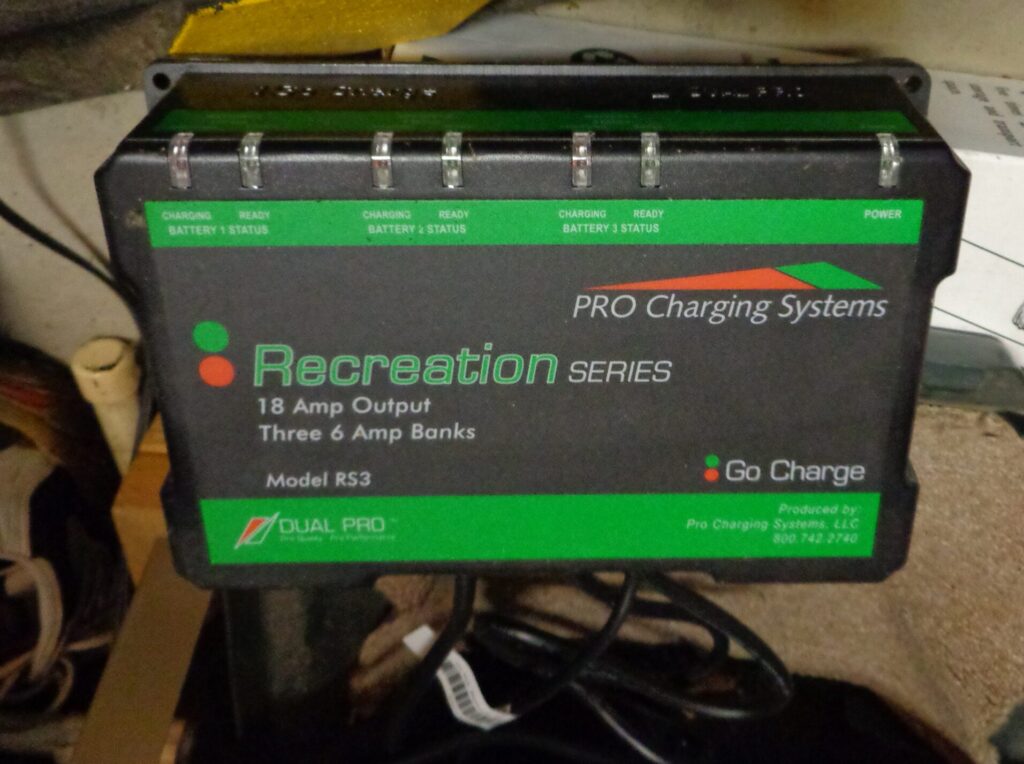Battery storage is something that is easily overlooked and whether or not your boat is stored for the season in a warm garage or out in the cold, your best bet is to remove all batteries and bring them inside. A fully charged battery with a perfect electrolyte level can probably withstand temperatures down to zero degrees without freezing. But the colder it gets, the more easily a battery can discharge, and therefore the more easily it can then freeze at higher temps. If even one of the cells freezes, the battery is shot!
This page may contain affiliate links, which means I may earn a small commission if you click through and make a purchase. Read our Affiliate Disclosure.
Fully charge them about once a month over the winter. In the spring, they will be ready when you are. Try to keep them off of concrete floors if possible and cover the terminals to help prevent discharge. The last thing you want is a dead battery on the launch ramp on opening day, or a dead trolling motor battery. No matter what kind of battery chemistry you choose, follow these recommendations to get the best performance and longest life from your batteries:
- Stay with one battery chemistry type (flooded, gel or AGM). Each battery type requires specific charging voltages and currents. Mixing battery types can result in under- or over-charging, which may mean replacing all batteries on board at the same time.
- Never mix old batteries with new ones in the same bank. Old batteries tend to pull down the new ones to their deteriorated level.
- Regulate charge voltages based on battery temperature and acceptance. Manually works well. Smart-sensing devices work better to maximize battery life and reduce charge time. Ensure that your charging system can deliver sufficient amperage to charge the battery banks efficiently.
- Keep batteries clean, cool, and dry.
- Check terminal connectors regularly to avoid loss of conductivity.
- Check fluid levels and add distilled water to flooded lead acid batteries when needed. Keep batteries charged; leaving them in a discharged state for any length of time will damage them and lower their capacity; it also reduces lifetime.
- Clean corrosion with a paste of baking soda and water.
With summer now officially here, I hope that most of you have either fished the opener somewhere or are, like me, chomping at the bit to head to the lakes once again. Make sure to check your batteries before you head out.
And when next October rolls around, you will perhaps remember a few things from this article and make sure to take proper care of those very important pieces of equipment: your batteries. For information on charging and chargers, see my article on Charging Your Boat Batteries.
See you On the Lake!
R. Karl
I recommend and use the Dual Pro 15 Amp/Bank Professional Series 2 Bank Charger in my 16′ Lund – Mr. Pike Anniversary Edition!








